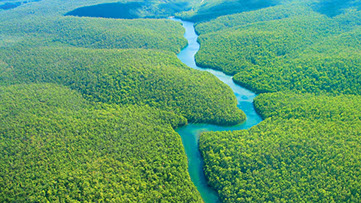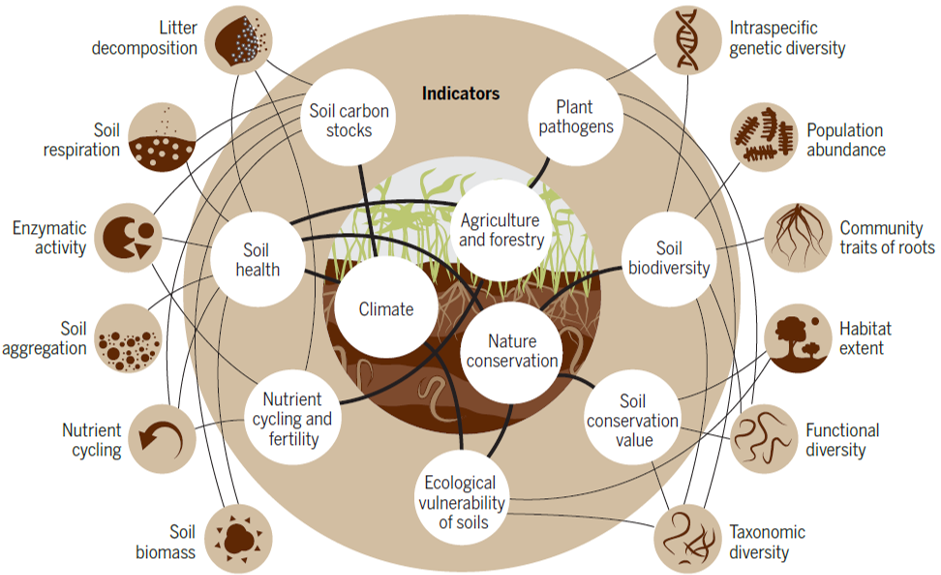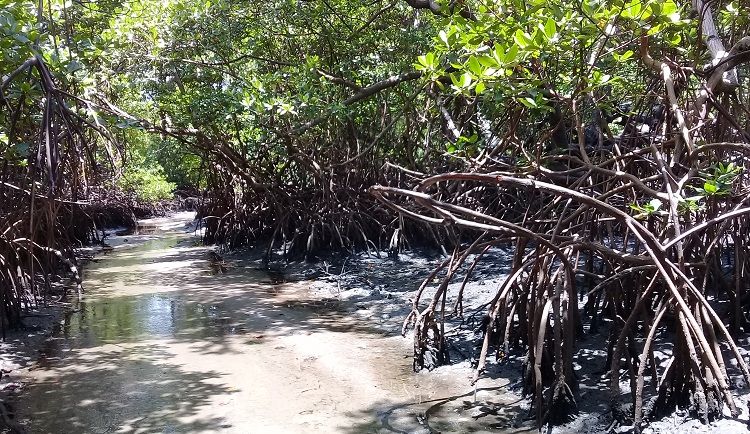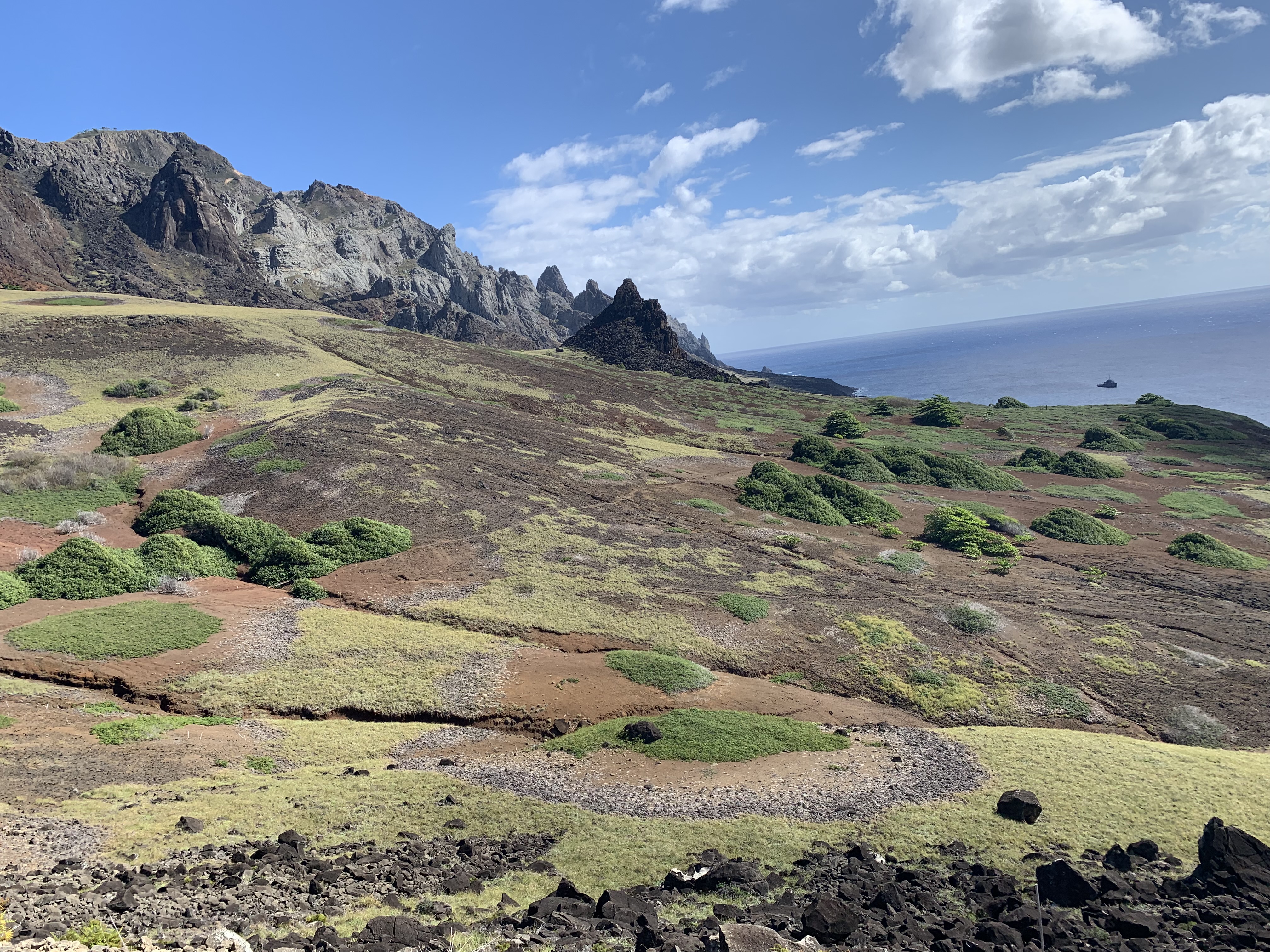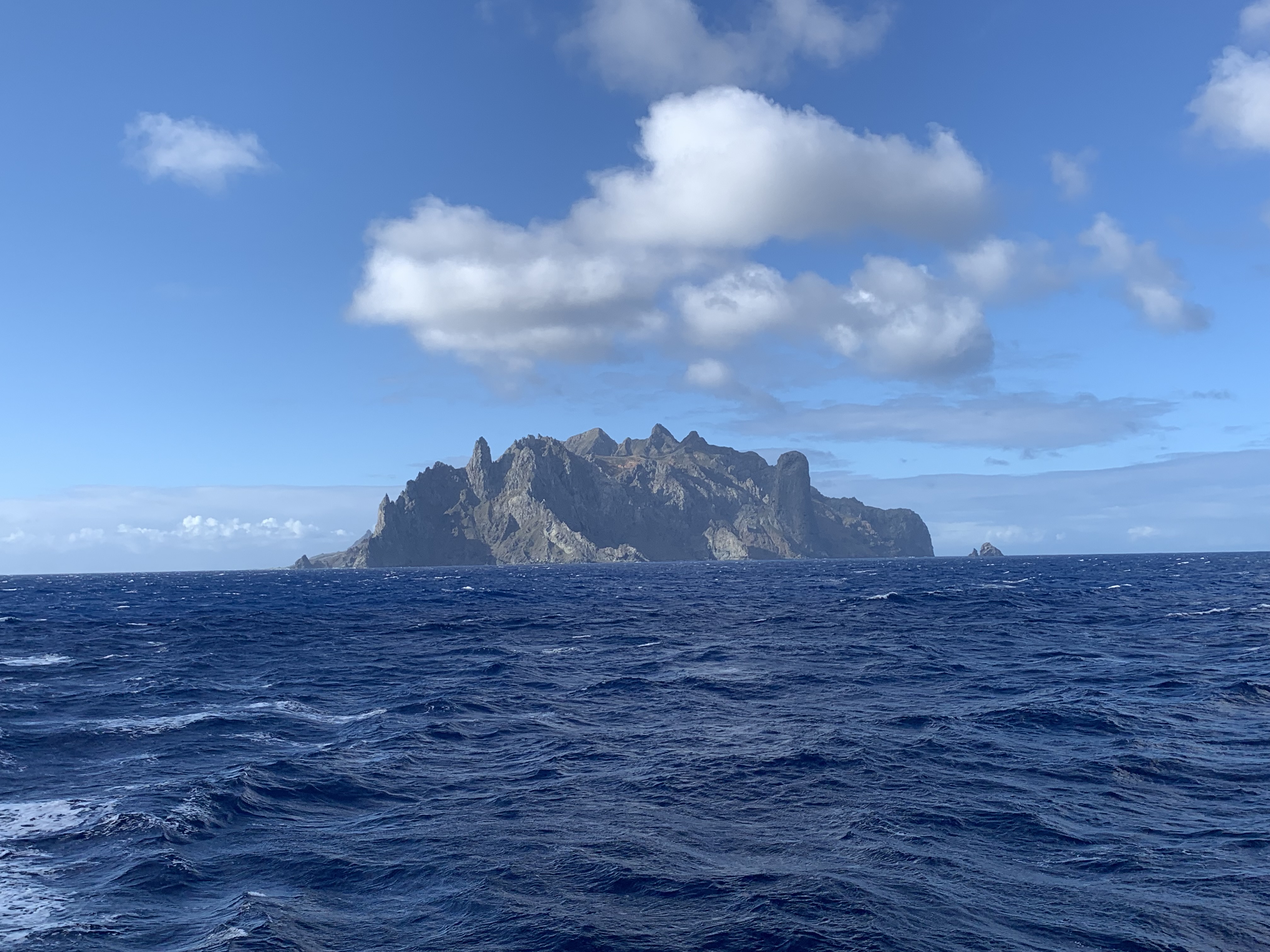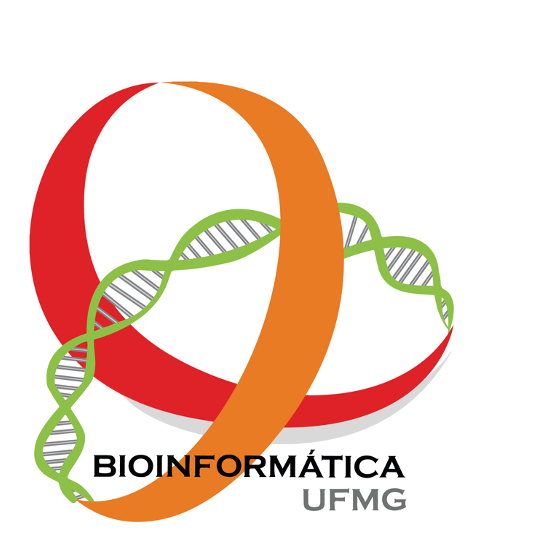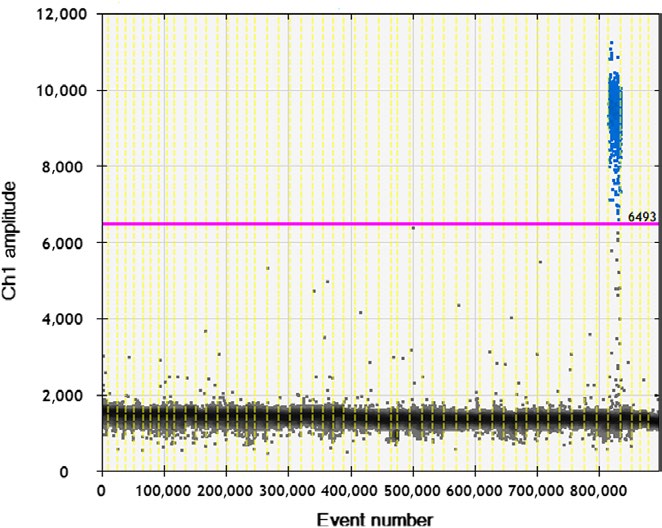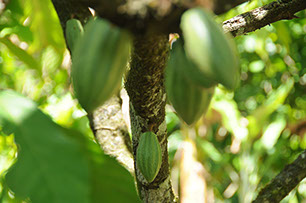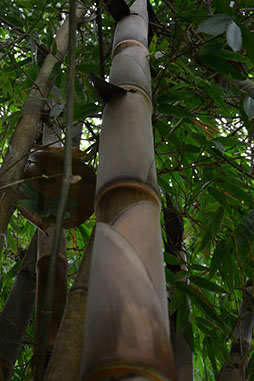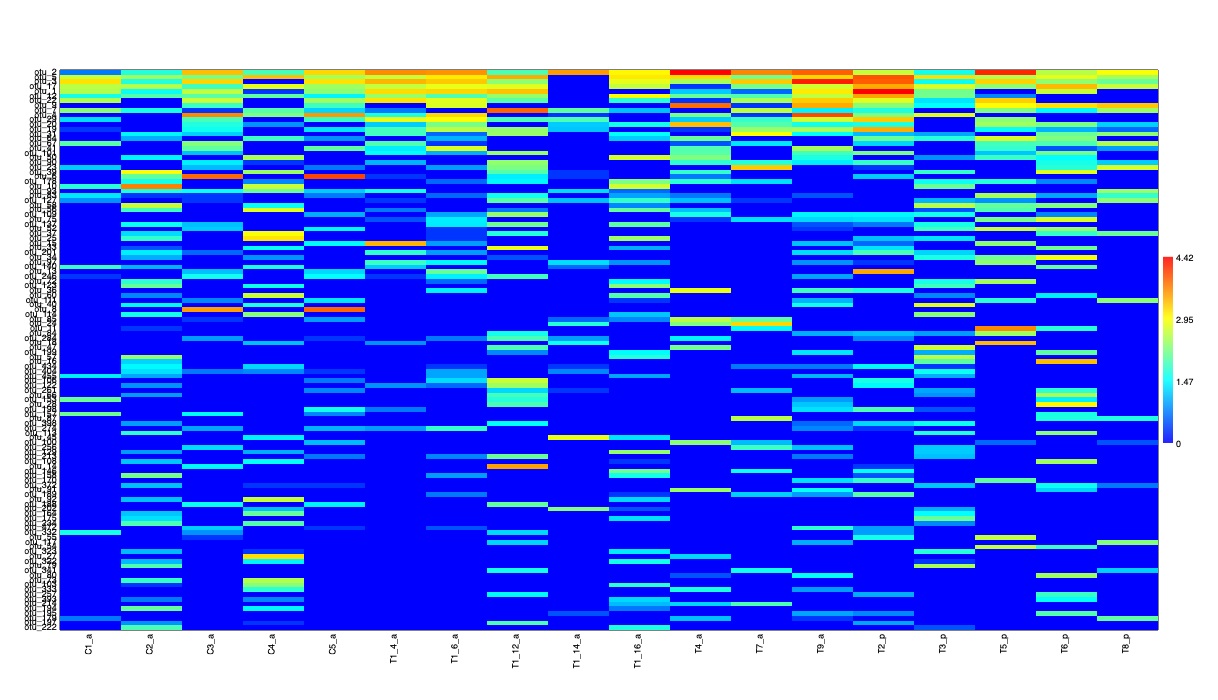Descrição
This project proposes to characterize the mycota associated to the socially important and economically valuable rubber trees (Hevea spp., Euphorbiaceae) in the Brazilian Amazon region. The project will focus on characterizing endophytic and saprophytic fungi associated to Hevea spp. that naturally occur in Brazil and compare to fungal diversity in native Hevea spp. of another region of Amazon basin, the Peruvian Amazon region (project of the U.S. NSF partner, P. Chaverri) in order to corroborate, with an expanded dataset (both increasing taxon sampling and collection sites), the hypothesis that suggest that fungal endophytes have co-evolved with their host plants to protect them from natural enemies, using Hevea spp. as a study case. The endophytic fungi associated to native rubber trees occurring in the Brazilian Amazon region can be utilized in biological control of Microcyclus ulei, the agent of SALB (South American Leaf Blight), which is the most severe limitation of rubber tree development in endemic areas such as the neotropical region. Furthermore, all the saprophytic fungi associated to native Brazilian Hevea spp. will be DNA barcoded and will compose part of the fungal DNA barcode library of the Brazilian Barcode of Life program (BrBOL). In the Brazilian Amazon region, native rubber trees are a very important wild resource, which benefits direct or indirectly hundreds of thousands of families and contributes to the maintenance and conservation of the natural areas where they occur. Therefore, this project can add more aggregated value to this important tree of Amazonian forests, reinforcing the necessity of avoiding the potential loss of useful biodiversity due to deforestation and expansion of agricultural and livestock breeding frontier in the Brazilian Amazon region.
Tipo de projeto
Pesquisa
Financiadores
National Science Foundation - Auxílio financeiro
Outras informações
